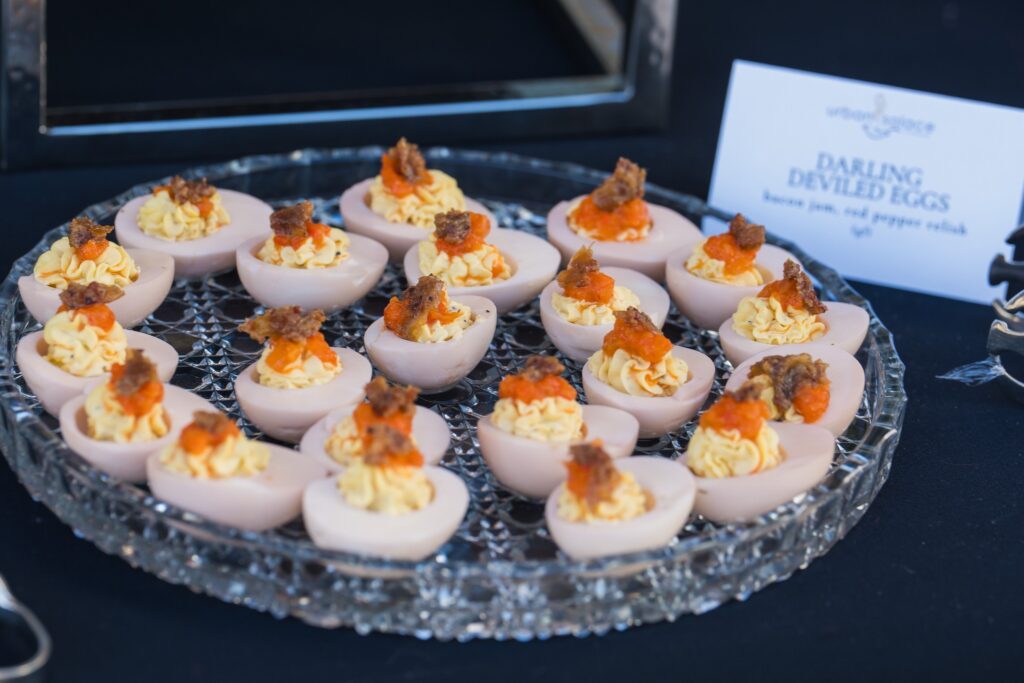
Everything You Need to Know About Hors D’Oeuvres
Hors d’oeuvres, a French term meaning “outside the work,” refers to small, appetizing dishes served before a meal to stimulate the palate. These bite-sized delights come in various forms, showcasing a wide range of flavors, textures, and culinary creativity. Hors d’oeuvres can be categorized into two main types: cold and hot, each offering a distinct culinary experience.
Cold hors d’oeuvres are refreshing and typically served at room temperature. Canapés, for example, are bite-sized open-faced sandwiches featuring a variety of toppings on a thin slice of bread or cracker. Crudités present fresh, raw vegetables served with a dipping sauce, providing a crisp and healthy option. Dips, another cold hors d’oeuvre category, include classics like hummus or spinach-artichoke dip, offering a medley of flavors with a variety of dippable accompaniments.
Caviar is a luxurious cold hors d’oeuvre, often served on blinis or crackers. Its delicate, briny flavor adds a touch of sophistication to any event. Sushi, although traditionally a Japanese dish, has become a popular cold hors d’oeuvre choice with its bite-sized rolls and diverse flavor profiles. Salami, when presented in small, artfully arranged portions, brings a savory and cured meat option to the cold hors d’oeuvres selection.
On the other hand, hot hors d’oeuvres are served warm and add a comforting touch to any gathering. Small skewers, such as chicken satay or beef kebabs, provide a convenient and flavorful option for guests. Meatballs, whether in a tangy barbecue sauce or savory marinara, are a classic hot hors d’oeuvre that never fails to please a crowd.
Wrapped hors d’oeuvres encompass a variety of options where ingredients are enclosed in pastry or bacon. These could include bacon-wrapped dates, puff pastry-wrapped asparagus, or phyllo-wrapped cheese bites. Filled dough options, like empanadas or samosas, showcase various global flavors and textures in a convenient handheld form.
When it comes to serving hors d’oeuvres, there are two main methods: passed and buffet. Passed hors d’oeuvres involve servers circulating through the crowd, offering trays of bite-sized delights directly to guests. This method encourages social interaction and allows guests to enjoy a variety of options.
Buffet-style service, on the other hand, involves setting up a designated area where guests can help themselves to an assortment of hors d’oeuvres. This approach provides a more casual and relaxed atmosphere, allowing guests to select their preferred items at their own pace.
Urban Solace Catering offers a diverse selection of hors d’oeuvres for occasions ranging from weddings and corporate events, to holiday celebrations. Visit https://urbansolacecatering.com/ today to browse our menus.